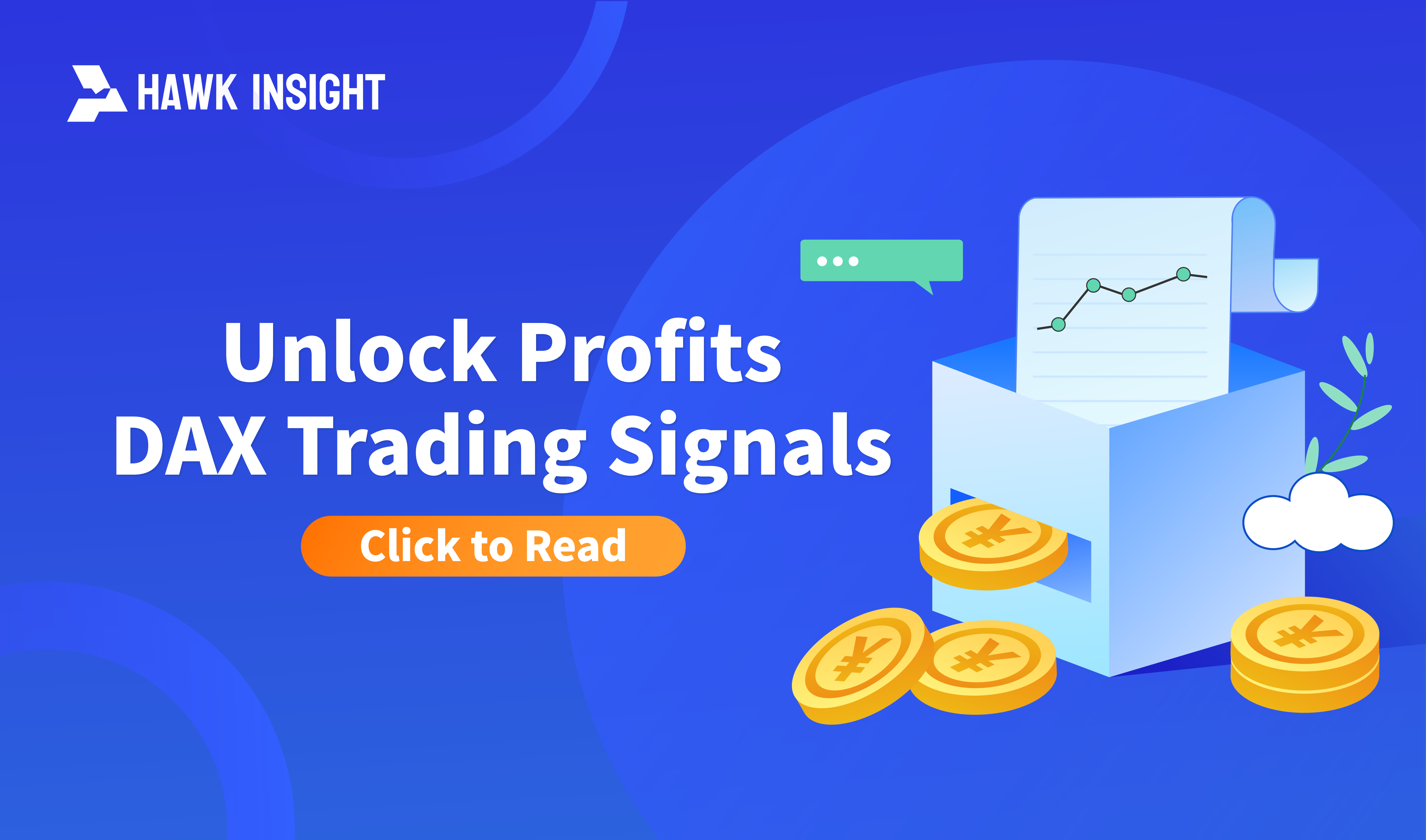Unlock Profits - DAX Trading Signals
Master the DAX market with our expert guide on using DAX trading signals.Learn how to improve your strategy and increase profits today!

What Are DAX Trading Signals?
DAX trading signals are tools used to predict market movements and can be derived from:
- Technical Indicators: These indicators are based on statistical analysis of market data and are generated by algorithms. Examples include Moving Averages (MA), Relative Strength Index (RSI), and Bollinger Bands.
- Human Analysis: Professional financial analysts generate signals through a combination of technical and fundamental analysis.
How DAX Trading Signals Work
The process of generating DAX trading signals typically involves:
- Market Data Analysis: Detailed analysis of market data, including price trends, trading volumes, and market trends.
- Trend Identification: Using various technical indicators to identify market trends. For instance, Moving Averages help identify long-term trends, while RSI indicates overbought or oversold conditions.
- Signal Generation: Based on data analysis, buy or sell signals are generated. For example, a Moving Average crossover might trigger a buy signal when DAX’s price crosses above the average, or an RSI signal might indicate a sell when the index shows overbought conditions.
How to Effectively Use DAX Trading Signals
To use DAX trading signals effectively, consider the following:
- Understand the Signals: Know the function and application of each signal. For instance, Moving Averages are used for trend-following strategies, while RSI helps identify market extremes.
- Combine with Other Tools: Integrate signals with market analysis and risk management strategies. For example, waiting for signals from both RSI and Moving Averages to align before executing a trade can improve accuracy.
- Avoid Overloading: Using too many indicators can lead to conflicting signals. Focus on a few reliable indicators and master their application.
Types of DAX Trading Signals
- Moving Averages (MA): Tracks the average price over a specified period to identify market trends.
- Relative Strength Index (RSI): Measures the speed and change of price movements to determine overbought or oversold conditions.
- Bollinger Bands: Measures market volatility and signals potential price reversals when price approaches the upper or lower bands.
- Fibonacci Retracement: Identifies potential support and resistance levels based on historical price movements.
- Candlestick Patterns: Graphical representations of price movements that can signal bullish or bearish trends, such as head and shoulders or double tops and bottoms.
Advantages and Disadvantages of DAX Trading Signals
Advantages:
- Discover Trading Opportunities: Signals can highlight potential trading opportunities that might otherwise be missed.
- Improve Decision-Making: Enhances the quality of trading decisions through data-driven insights.
Disadvantages:
- Potential for False Signals: Signals may occasionally produce misleading results, requiring confirmation with other tools.
- Ongoing Monitoring Required: The effectiveness of signals may change with market conditions, necessitating regular adjustments.
Free vs. Paid DAX Trading Signals
- Free Signals: Often generated by software and available on financial websites and trading platforms. Suitable for beginners but may lack accuracy and reliability.
- Paid Signals: Typically provided by financial services companies and generated by human analysts. These are generally more accurate and may include additional analysis and support. However, they can be expensive and may require a subscription or membership fee.
How to Choose the Best DAX Trading Signals
Selecting the best DAX trading signals involves considering:
- Accuracy and Reliability: Choose signals with a proven track record and consistent performance.
- Cost: Select between free or paid signals based on your budget.
- Compatibility: Ensure signals align with your trading strategy and risk management practices.
- Support and Training: Opt for signals that come with support and educational resources to facilitate understanding and use.
Integrating DAX Trading Signals into Trading Plan
- Develop a Trading Strategy: Incorporate chosen signals into your trading plan, outlining how they will guide your trading decisions.
- Risk Management: Ensure the strategy includes risk management measures, such as stop-loss orders and position sizing.
- Monitoring and Adjusting: Regularly test and adjust signals to adapt to changing market conditions, maintaining their relevance and effectiveness.
DAX trading signals can be valuable tools for enhancing trading performance in the DAX market. Understanding how they work and how to use them effectively can lead to better trading decisions and improved outcomes. However, signals should be used in conjunction with other analytical tools and strategies for optimal results. With the right signals and a solid trading plan, traders can increase their chances of success in the competitive world of DAX trading.
Disclaimer: The views in this article are from the original Creator and do not represent the views or position of Hawk Insight. The content of the article is for reference, communication and learning only, and does not constitute investment advice. If it involves copyright issues, please contact us for deletion.